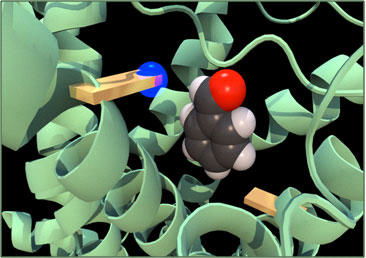Quantum Vibration Energy

Recent developments in quantum physics, particularly the energy vibration theory of smell, have provided a significant leap in understanding for traditional healing practitioners. These insights help explain why aroma‑herbal pastes, long used in ancient therapies, have demonstrated healing potential and contributed to improved health worldwide for centuries.A notable example is the study highlighted by the American Thoracic Society and published on ScienceDaily (May 22, 2011), which reported that a Chinese herbal paste may help prevent exacerbations of COPD. This finding underscores how modern scientific research can validate and illuminate the efficacy of traditional remedies, bridging ancient wisdom with contemporary biomedical science.

Numerous studies have been published in recent years on the quantum sense of smell, following Luca Turin’s groundbreaking work on the vibrational theory of olfaction (2005). The illustration from exemplifies how odors may be transmitted through olfactory vibration‑sensing receptors located in the epithelial barrier, enabling the body to recognize scents at a quantum level.Further exploration of Turin’s discovery was presented in Mo Costandi’s article, The Quantum Mechanics of Smell (December 12, 2006), which expanded on the implications of quantum sensing in molecular cell biology and neuroscience.Additional studies have linked this theory to traditional healing practices. For example:
- Does Topical Agent Help Fracture Healing? A Pilot Study Using a Herbal Patch (May 2015, Scientific Research).
- Selected Topical Agents Used in Traditional Chinese Medicine in the Treatment of Minor Injuries – A Review (February 5, 2016, Frontiers in Pharmacology, NIH).
One of the most remarkable findings came from Désirée Maßberg and Hanns Hatt, whose study Human Olfactory Receptors: Novel Cellular Function Outside of the Nose (Journal of Physiology, June 13, 2018) demonstrated that olfactory sensory neurons are not limited to the nasal cavity. Instead, they were identified across multiple tissues—including the testis, lung, intestine, skin, heart, and blood—suggesting a far broader role for olfactory receptors in human physiology than previously understood.